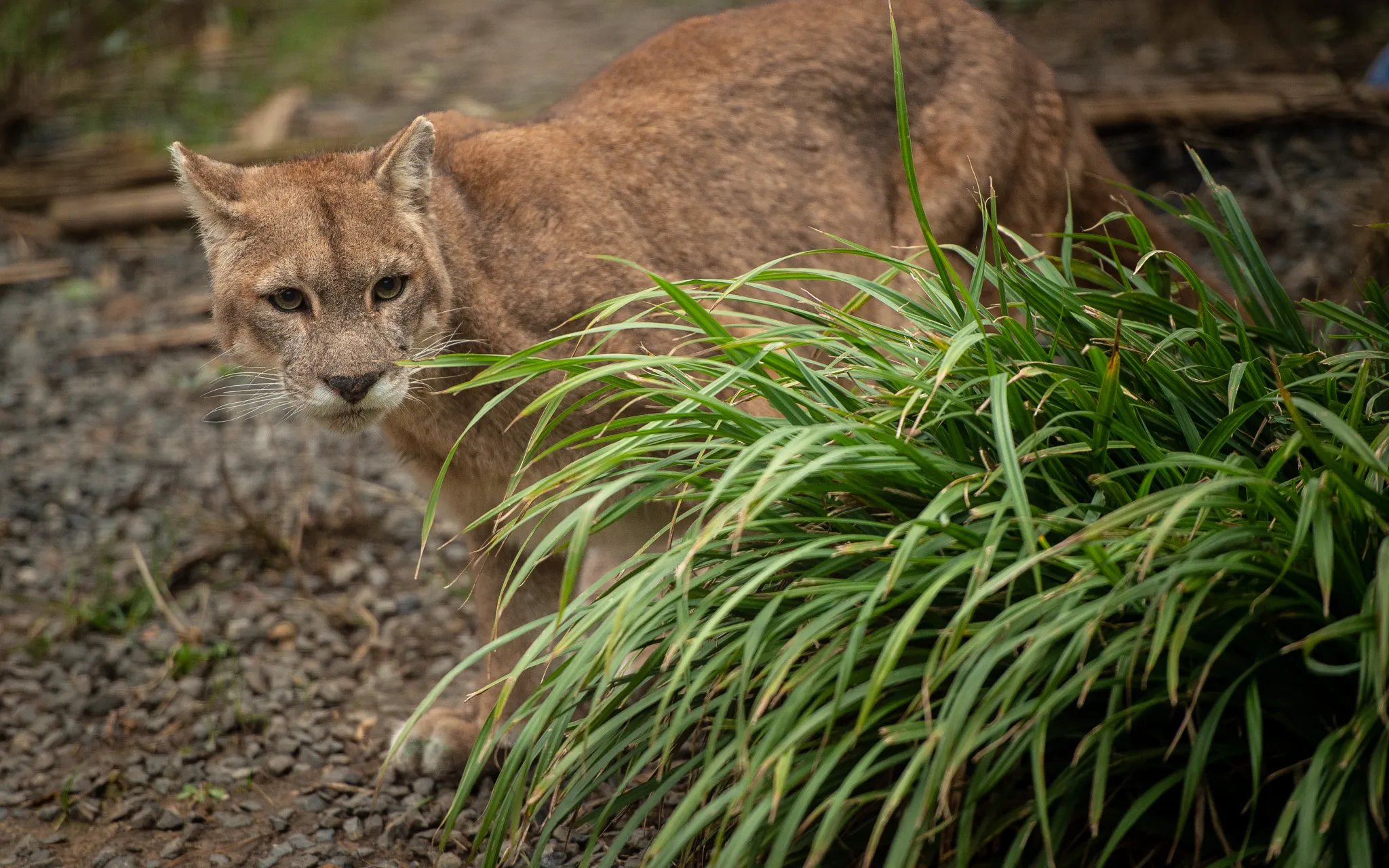Sharing our expertise on pumas
The puma on show at the Parc Zoologique de Paris is the Puma concolor puma, originally from Chile. Scientists still know little about this sub-species of puma: very few studies have been carried out on the size of its population, its range, its health and genetic status.
The puma plays a very important role in its ecosystem, as it is the "ultimate" predator at the top of the food chain. Its evolution therefore has a major impact on its environment as a whole, including certain endangered species.
What's more, pumas and humans are increasingly coming into contact with each other in the vicinity of sheep and camelid farms (llamas, vicunas and guanacos): this cohabitation between wildlife and human activities is sometimes problematic. As a result, Chilean residents trap and capture wild pumas, which can no longer be released back into the wild.
The PUMA project of the Parc zoologique de Paris, in partnership with the Chilean NGO Fauna Australis, is unique in the world. Its aim is to study and conserve the Puma concolor puma, through 3 actions:
- study of the wild population: genetic sampling, assessment of the health status of pumas in the wild, communication campaign with Chilean breeders on how to cohabit with pumas;
- study of the captive puma population in Chile: carrying out a health and zootechnical assessment of the captive pumas in the rehabilitation centre, technical and veterinary assistance with the various local players;
- conservation of the genetic heritage of the sub-species at the Parc zoologique de Paris: transfer of a few captive individuals that could not be reintroduced into their environment, establishment of a population at the Parc zoologique de Paris in order to conserve a pure genetic heritage.
Thanks to your support and the sponsorship of the puma, veterinary equipment has been acquired, the animals are being cared for and captive pumas that cannot be reintroduced into their environment have been taken in at the Paris Zoological Park.

Puma au Parc zoologique de Paris
MNHN - F.-G. Grandin
Puma
© MNHN - F.-G. Grandin
Puma
© MNHN - F.-G. Grandin
Puma
© MNHN - F.-G. Grandin